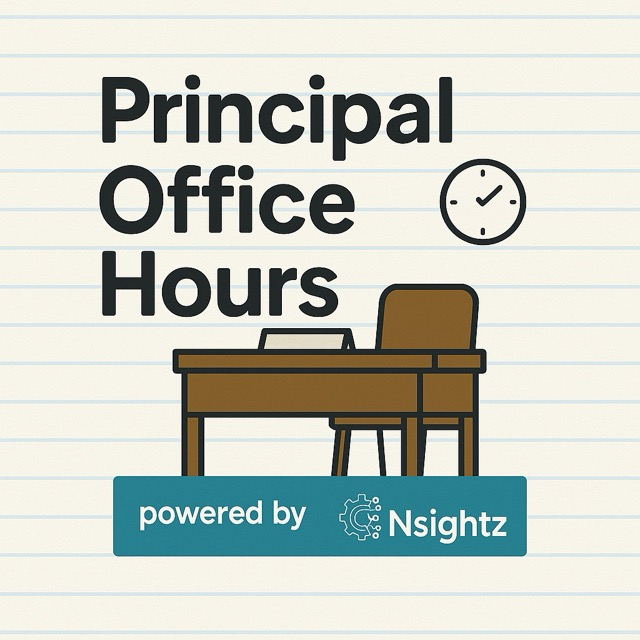Creating Community Can Be a Gamechanger for Keeping Employees Engaged
Summary:
Employees with a high sense of belonging are 3.5 times more likely to be engaged and productive. Small to midsize organizations with busy HR teams struggle to maintain consistent engagement. To create a community, encourage enterprise resource groups for collaboration. Adopt a matrix format to promote collaboration across divisions and career growth. Hold regular town hall meetings for transparency and Q&A. Foster a celebration culture to recognize achievements and build community. These strategies require collaboration and leadership commitment to create a valued, connected, and engaged organization.
Timestamp
[0:00:00] Importance of employee belonging and engagement
[0:01:02] Creating enterprise resource groups for collaboration
[0:01:56] Encouraging collaboration across divisions for career growth
[0:02:25] Regular town hall meetings for transparency and communication
[0:02:57] Creating a celebration culture for community building
[0:03:24] Commitment to building an elite organization
Transcript
Creating a Community
Dr. Jim: [:Even with that data point out there, small to mid-size organizations with busy HR teams often find it really difficult to maintain or create a consistent level of engagement within the organization. There's a lot of competing interests that we've gotten into over the last several conversations and.
There always seems to be this situation where there's never enough time in the day. So let's talk about what small to mid-size organizations with busy HR teams can do to create more of a community .
First, One of the things that should be encouraged is creating enterprise resource groups.
and opportunities, and work [:Another thing that HR leaders and managers can do to facilitate more community in their organization is think of their organizations more in a matrix format versus a siloed format. Where can we bring in more opportunities to collaborate across divisions and team up on projects and deliverables.
That way you're doing a couple of things. You're actually building enterprise-wide cohesion, but you're also creating natural pathways for people in your organization to potentially transferring into other divisions and drive their own career growth Where. In a highly siloed environment, many people might think that the only way to survive within the organization is to continue moving up the ladder.
ns can do to foster a better [:Where are they're going? What challenges are you experiencing and creating a q and a space so that everybody feels like they are being heard in the enterprise? It sounds pretty simple, but a lot of organizations don't regularly do this, and it creates an issue where people, especially in distributed environments, feel disconnected from the purpose.
Last, but certainly not least, we've mentioned this before, you have to create a celebration culture work. No matter what you're doing is difficult and sometimes it can be a grind. So the faster you adopt a celebration culture where achievements big or small are recognized, the more community you're building within the organization.
oesn't mean just limited to. [:None of these things require massive budget, and it's something that. Busy HR teams can pull off. It just requires collaboration across the organization and it requires leadership to drive that forward. And that's how you create an environment where there's a community where everybody feels valued, connected, and engaged. So it's really an issue of commitment.
Every leader should be committed to building an elite organization. You empower your managers, you keep your employees engaged, and they'll help you build an elite organization.


